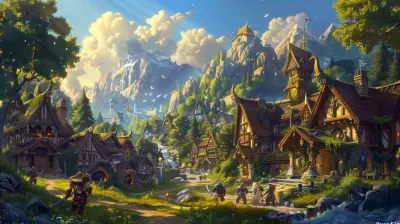Horror Games with Multiple Endings: When Choices Matter
24 August 2025
Ever sat through a horror game, palms sweaty, heart racing—then realized your decision back in that creepy hallway sealed your fate? Yeah, we've all been there. And that’s exactly what makes horror games with multiple endings such a heart-pounding experience. It’s not just about jump scares and creepy atmospheres. It’s about choices—your choices—and how they twist the story in ways you didn’t expect.
Whether you’re the kind of gamer who saves every five minutes to test all outcomes, or someone who lives with the consequences (even the horrifying ones), this one’s for you. Let’s dig into the dark and twisted world of horror games where every choice counts.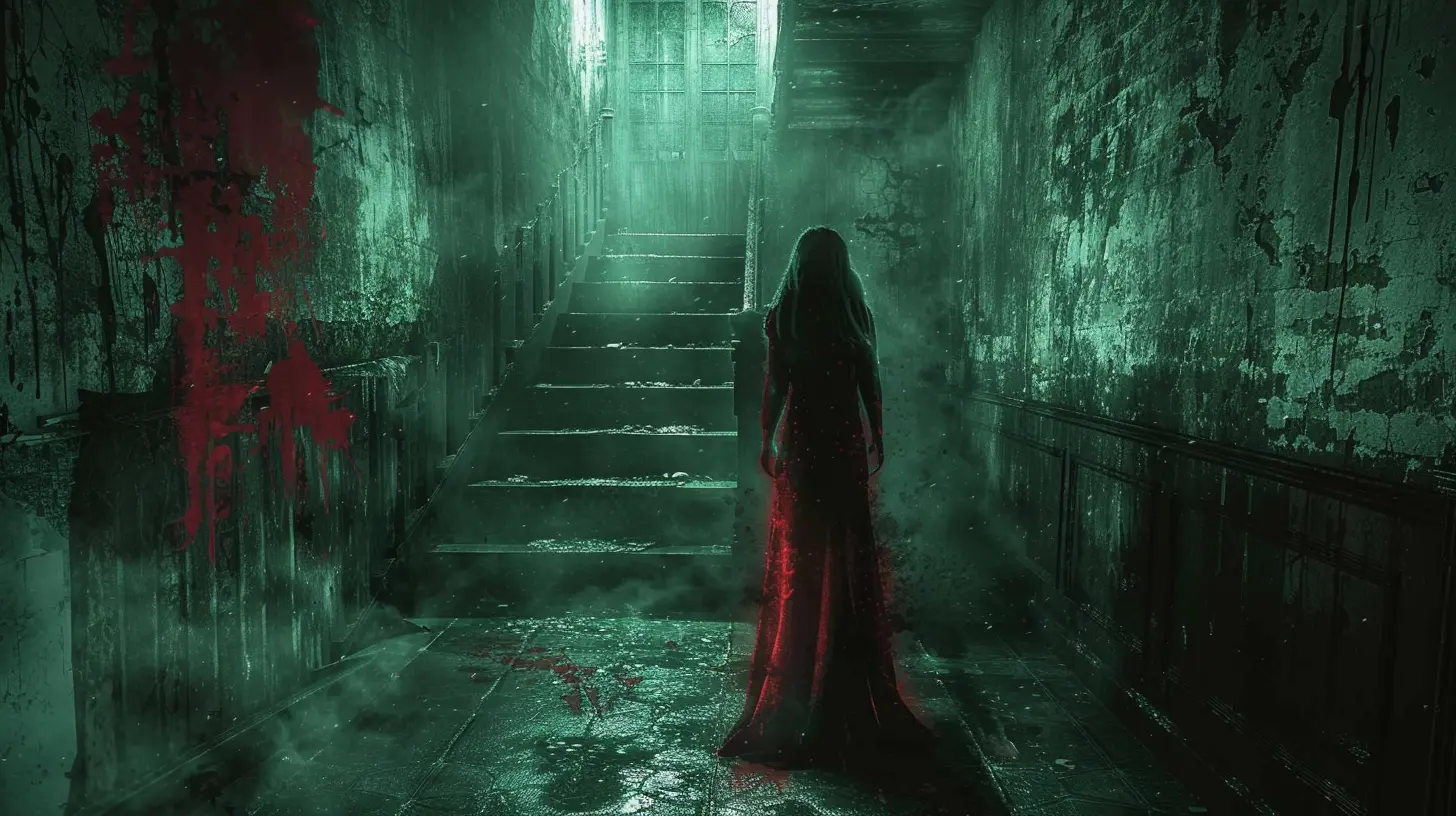
Why Multiple Endings in Horror Games Are So Effective
Let’s be real—horror games already mess with your head. Now throw in multiple outcomes based on your decisions? That’s next-level tension. Unlike action or adventure genres where choices might just tweak side quests, in horror games, decisions often mean life or death—for the main character, their friends, the whole dang town.You’re not just playing through a scripted scare-fest. You’re the director of your own psychological thriller. Miss a clue, trust the wrong person, or try to be the hero when you should’ve run like hell—and the game changes.
This kind of narrative weight hooks you in. It makes the terror feel personal.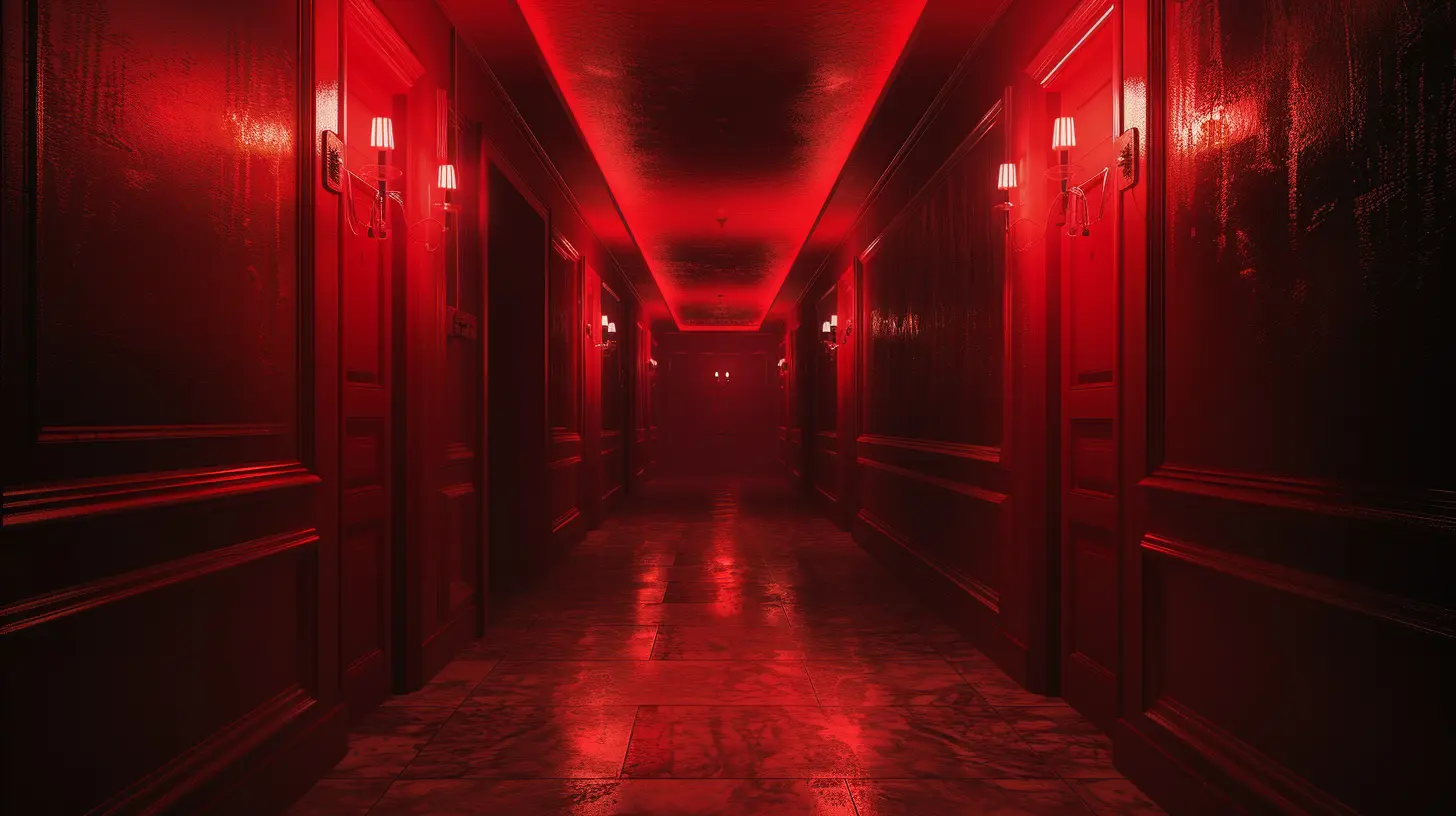
Choice-Based Horror: The Perfect Marriage of Fear and Freedom
There’s something about having control that makes losing it even scarier. That’s the genius of choice-driven horror games. They let you feel like you’ve got a say… right up until the game punches you in the gut for choosing wrong.In a way, it’s like being in a haunted house but having the map. You think you're navigating smart, then BAM! Wrong turn, and now you're dinner for the monster with too many limbs.
The Illusion of Control
Developers use this technique masterfully. They dangle choices in front of your face, making you think, “I got this.” But horror games love messing with that illusion. Sometimes, no matter what you pick, something awful’s coming. Other times, your decision is the only thing standing between salvation and utter doom.That unpredictability? It’s gold.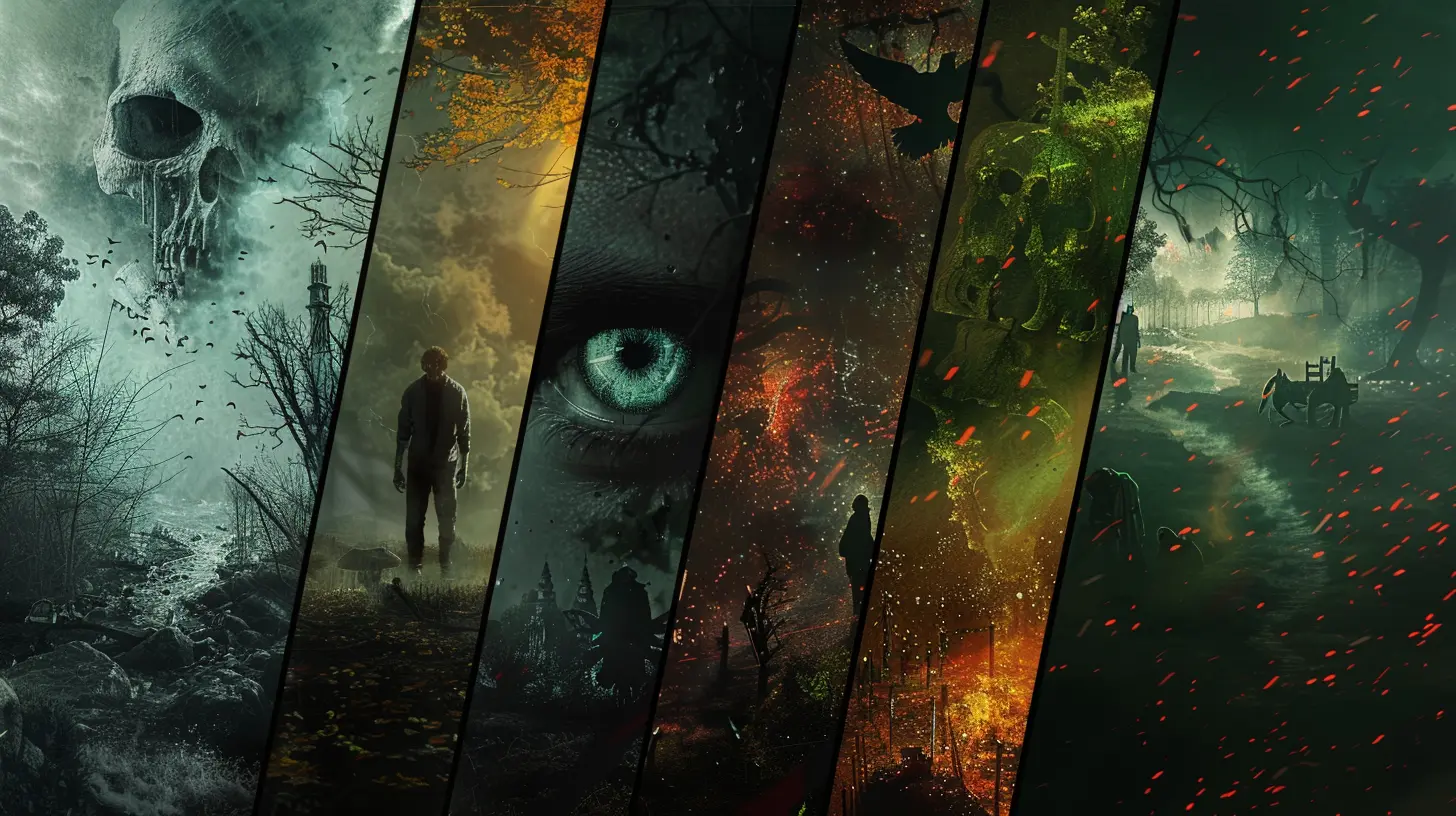
Immersion Through Consequence
Multiple endings don’t just make the game longer—they make it matter more. You’re no longer a passive player; you’re tangled in the story’s web. Your morality, instincts, and risk-taking are tested in horrific scenarios crafted to challenge your very humanity.Ever had to choose who lives or dies based on a hunch? Horror games love doing that to you. Unlike RPGs where wrong choices are just setbacks, in horror, it’s about impact. One misstep and the entire vibe of the ending can shift—from bittersweet escape to total annihilation.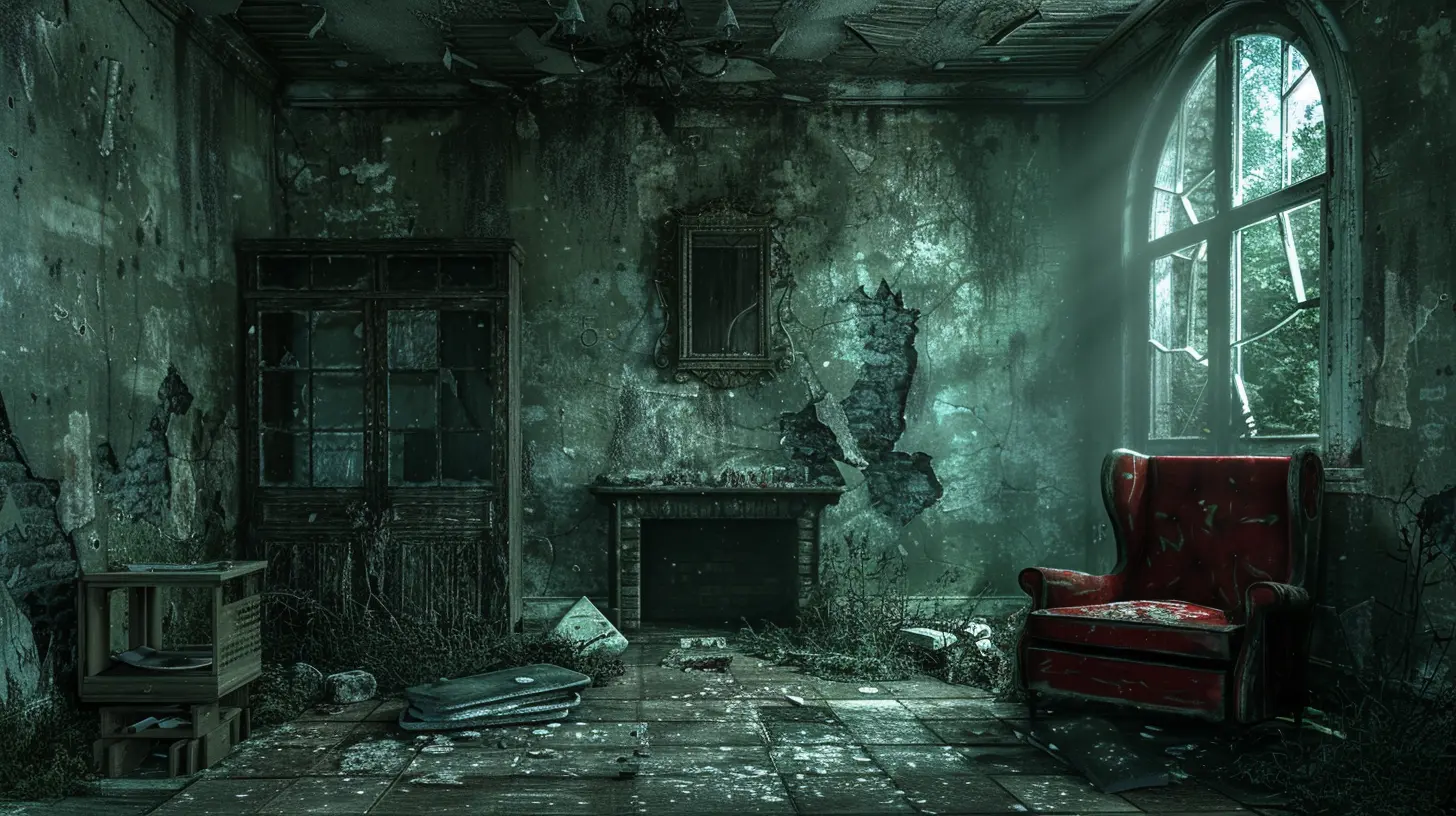
Iconic Horror Games with Multiple Endings
Let’s dive into some of the horror masterpieces that really run with this “your choices matter” philosophy. These are the games that raised the bar (and our blood pressure).1. Until Dawn (2015)
"Butterfly Effect" isn’t just a theme—it’s a whole system in Until Dawn. This game perfected the formula. You control a bunch of teenagers stuck in a snowy cabin with something (or someone) hunting them.Every seemingly minor choice affects who survives the night. Miss a quick time event? Someone dies. Choose to hide instead of run? That’s a different ending. With over a dozen possible outcomes, it’s the poster child for consequence-driven horror.
And the best part? It’s not just about right or wrong—it’s about how you play under pressure.
2. The Quarry (2022)
From the same crew that brought you Until Dawn, The Quarry cranks it up. With over 180 unique endings (yes, seriously), this game gives branching paths a whole new meaning. You play as summer camp counselors facing something supernatural and sinister.Characters evolve based on your decisions—relationships change, secrets unravel, and, yep, people die. Or they don’t. It’s all on you.
The replay value is insane, and the story shifts wildly depending on your choices. It’s like a Netflix horror show where you’re the writer, director, and sometimes the victim.
3. Silent Hill 2 (2001)
Old but gold. Silent Hill 2 mastered psychological horror and layered storytelling long before it was trendy. The game’s endings are based not just on dialogue decisions but subtle actions—how much damage you take, how often you check your inventory, even how you treat a companion.These tiny behavioral details paint a picture of your mental state. The game reflects that with multiple endings, ranging from cathartic to deeply unsettling. It’s like the game’s watching you—and judging.
4. The Dark Pictures Anthology
This anthology series (Man of Medan, Little Hope, House of Ashes, etc.) is like a collection of horror short films where you’re in charge. Each entry has multiple endings based on who survives, what you uncover, and how much you screw up under pressure.The stakes are always high, and almost everyone can die—or live—depending on your choices. It keeps you constantly second-guessing yourself, which makes each playthrough a new nightmare.
5. Heavy Rain (2010)
More thriller than classic horror, but it’s creepy enough to make the list. You play four different characters all tied to the Origami Killer. The story bends big-time based on what you do—or fail to do.Miss important clues? Wrong guy gets blamed. Let someone die? It changes everything. Multiple endings range from emotional closure to complete tragedy. It’s a masterclass in consequence-driven storytelling.
What Makes These Games So Addictive?
Let’s face it—horror fans are gluttons for punishment. We don’t mind getting scared out of our wits, as long as it comes with a rush. And when a game offers multiple endings, we get that sweet combo of fear, curiosity, and replayability.Replay Value on Steroids
You finish the game once, your favorite character dies, and you're thinking, “Wait… what if I’d chosen differently?” That itch drives you back in. You want to fix it. Or mess it up worse, just to see.It’s not just about unlocking all the endings—it’s about solving a puzzle with emotions as the pieces.
Emotional Payoff
When a character survives because of you, it feels personal. When they die because of you? That sticks in your gut. Horror games have a sneaky way of making us care. The fear, the regret, the relief—it’s all amplified when your actions decide the outcome.Designing Fear: How Developers Pull It Off
Game devs aren’t just adding multiple endings for fun—it’s a design choice that takes serious planning. Every branching path needs writing, voice work, animation, testing—it’s a beast.But when done right, it transforms a good horror game into a great one.
Branching Narratives
Most games use a “branching tree” structure, where each major decision leads to different storylines. Sometimes it’s subtle; sometimes it rewrites the entire ending. The challenge is making each path feel meaningful, not just a reskinned version of another route.Character Fate Interactions
Many horror games track relationships between characters. Say you throw someone under the bus to save yourself—characters will remember that. And it might bite you later. These small cause-and-effect webs build emotional depth and keep players guessing.Subtle Morality Systems
Some games don’t even tell you there's a morality system running. They just watch how you act. Do you always go for the kill? Save everyone at your expense? Run when fear hits? These patterns shape your “character profile,” leading to an ending that mirrors your style of play.The Future of Choice-Based Horror
With tech getting better and storytelling pushing boundaries, the future of multiple-ending horror games looks juicy. Expect more AI-driven narratives, deeper emotional tracking, and maybe even games that learn from your decisions across titles (imagine that!).But one thing’s for sure: horror games with multiple endings aren’t just a trend. They’re a movement. They reflect how players crave control while also loving the terror of losing it.
Tips for Players Who Want to See Every Ending
So, you’re ready to tackle multiple endings like a pro? Here’s a cheat sheet:- Save Often: Manual saves let you rewind without replaying the whole thing.
- Take Notes: Track key decisions. You'll forget them otherwise.
- Follow Different Instincts: On your second run, make the opposite choices.
- Experiment Boldly: Some endings are hidden behind unexpected decisions.
- Watch Less, Play More: Avoid spoilers. Finding an ending on your own is way more satisfying.
Final Thoughts
There’s nothing quite like the horror genre when it comes to making choices matter. The emotional rollercoaster, the creeping dread, the “What if I’d done it differently?” moments—they all hit harder when you know the game’s watching your every move.So next time you boot up a horror title with branching paths, remember: you’re not just playing a game. You’re writing a nightmare—one decision at a time.
Stay brave. Or don’t. Either way, the ending’s in your hands.
all images in this post were generated using AI tools
Category:
Horror GamesAuthor:

Luke Baker
Discussion
rate this article
1 comments
Jinx McCarron
Great insights! I love how choices can impact the horror experience in unforgettable ways.
August 30, 2025 at 3:37 AM

Luke Baker
Thank you! I'm glad you enjoyed it. Choices truly enhance the immersion and depth of horror games!
